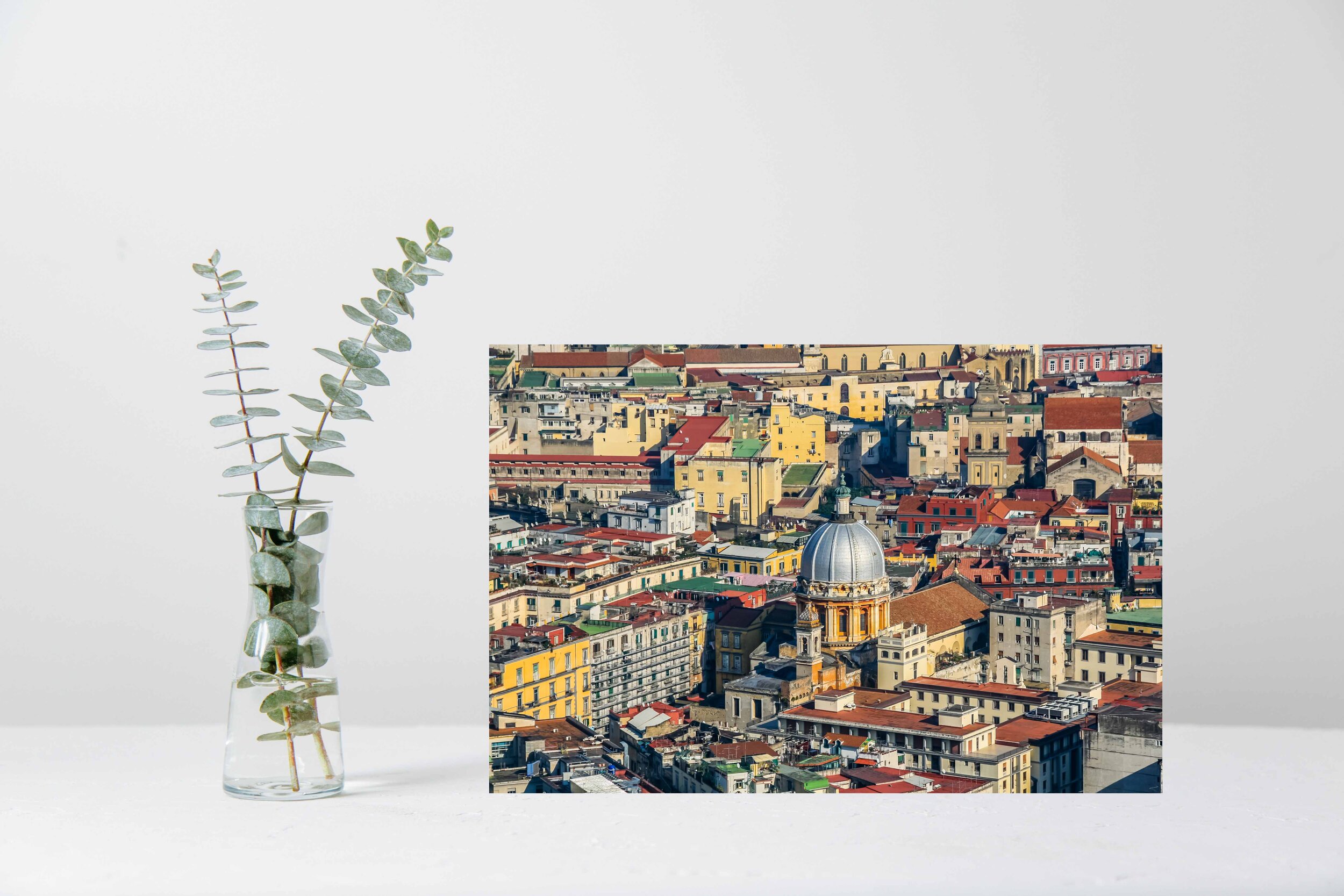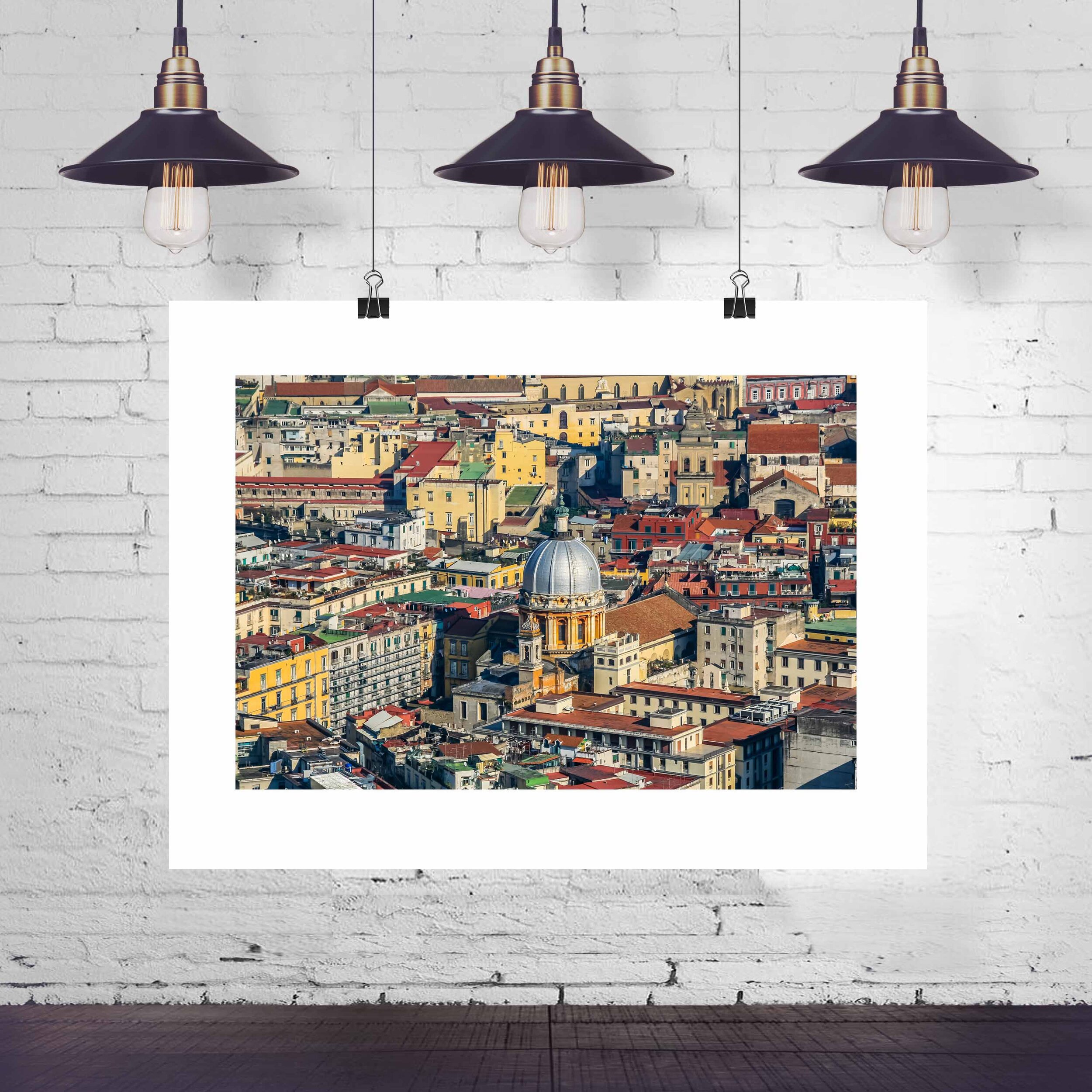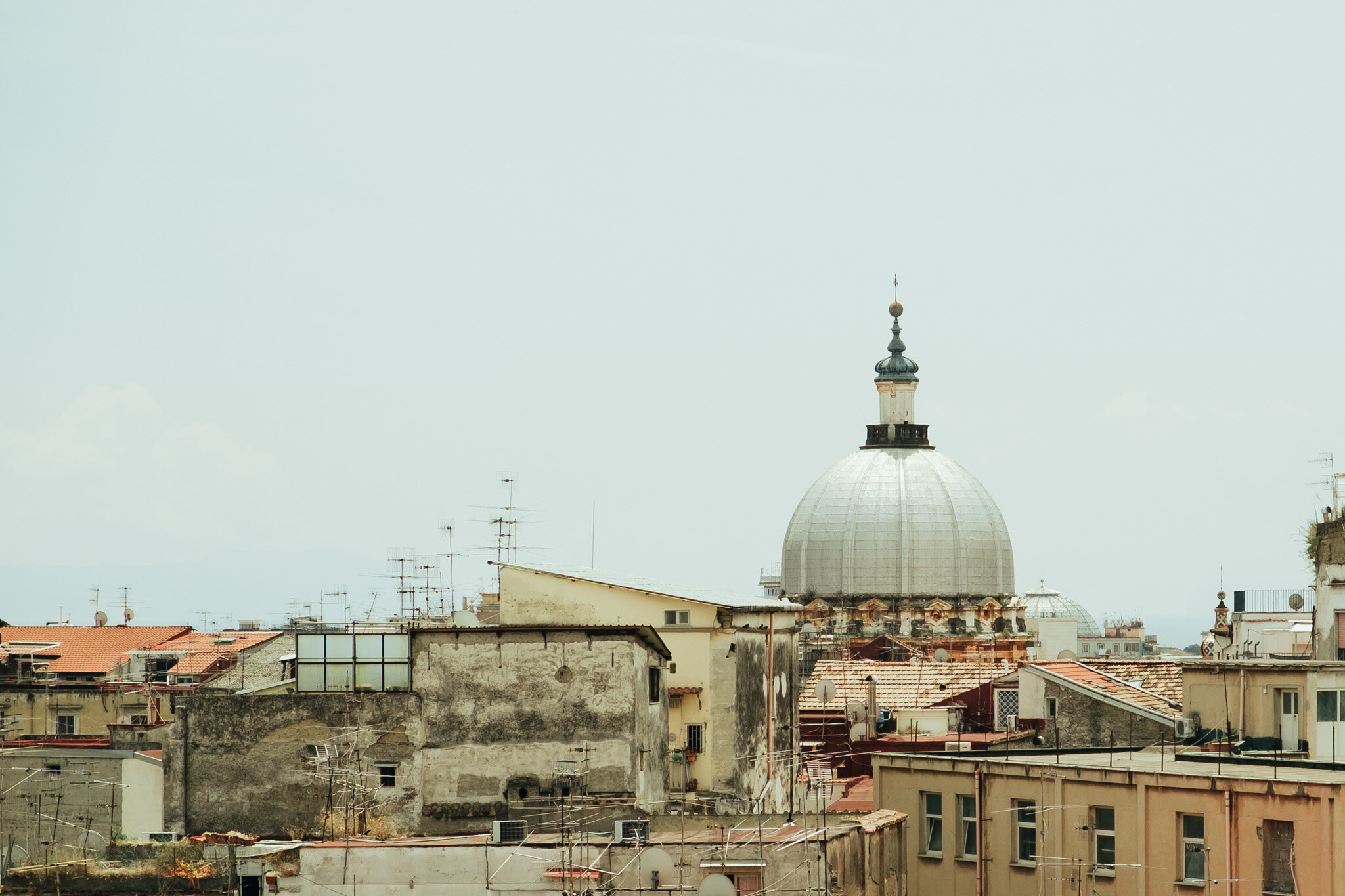Saturday Stroll – Too Hot to Stroll (Part 2)
We are well into July and the Mediterranean heat and humidity continues to make Saturday Strolls more like Saturdays in a sauna. I will admit though that I still do get out and around, albeit at a slower place, ducking in every chance I can to a church or museum for a bit of respite or hiding out under the huge umbrellas of a cafe. Either way, no strenous stroll by land this week, instead we continue on with Too Hot to Stroll Part 2: A tour of the Posillipo coast.
The area of the Bay of Naples between Mergellina and the promonotory of Posillipo has been a highly saught after destination since the Greeks first landed here. In fact, its name derives from the Greek word Pausylipon, which roughly translated means respite from pain. Even with all of the changes and development it has undergone over the millennia, one trip along the Posillipo coast and you’ll understand why.
Once a Roman play ground and home to thier extravagent seaside villas, the area has never lost its allure. Enrico Bacco described the area best in the 1671 guide to the city, Descrittione del regno di Napoli (as translated in Naples: An Early Guide)
What in the world more pleasing could be desired than the happy coast of Posillipo? Hills so well cared for and of such beauty that one could not find better in the whole world for being a pleasant place, adonred with superb palaces washed by the sea, full of delights that mitigate every sorrow that afflicts the heart.
For this reason this place of quiet and repose was the habitation of those ancient Romans who were free from the burdens of every care, who retreated there from the serious business of the Senate and of other occupations, of which the ancient buildings, which became rocks in the sea and give shelter to the shellfish and sea urchins, make full testimony. Here are some of the most beautiful palaces, with charming and delightful gardens, that are seen along the whole coast, built by the Neapolitans for comfort and the pleasures of summer and for the good and beneficial climate of the air.
Though most of the Roman era villas are lost to time, we are fortunate that many villas that were built between the 17th and 19th centuries remain, a testament to the lavish seaside retreats that have always characterized this area.
Continuing on from Villa Carunchio, our last stop on Too Hot to Stroll Part 1, we come to an immense terracotta and white villa known as Villa Lauro. One of my very favorites, I have spent much time looking down at this villa from Via Posillipo on my morning walks and when I drop my dry cleaning off, which is just across the street.
Built in the late 1870s the villa has been the home to a British engineer and naval architect, George Wightwick Rendel, a wealthy Sicilian businessman of Irish descent, Guglielmo Peirce, and the Italian founder of the Lauro Fleet, Achille Lauro. Known by most as Villa Lauro, it has also been called Villa Rendel and Villa Peirce and it is where my very dear friends Carlo and Claudia held their wedding reception some 35+ years ago.
Caves, clffs and coves, the views all along the Posillipo coast are breathaking. At the base of every villa and along all of the rocky reefs, bathers throw out their towels and settle in for a day in the sun.
At the bottom of Via Ferdinando Russo, a road that snakes its way down from via Posillipo to Riva Fiorita at the water’s edge, sits Villa Volpicelli, the famed face of the Italian soap opera, Un Posto al sole (A Place in the Sun). Known for its characteristic towers from the fortified palace of Pietro Santacroce, the earliest record of the villa dates to Alessandro Baratta’s Veduta di Napoli (a drawing/map of Naples) of 1629. In 1884, it was purchased by Raffaele Volpicelli from which it takes its name. To the right of Villa Volpicelli at Riva Fiorita is the reknowned seaside restaurant Ristorante Giuseppone a Mare.
Also accessible from Via Ferdinando Russo is one of the three official residences of the President of the Italian Republic, Villa Roseberry. It takes its name from the British Prime Minister Archibald Primrose, the 5th Earl of Rosebery who aquired the Villa around 1897. The Villa dates to at least the late 1700s and was purchased by the Austrian Count Giuseppe de Thurn in 1801, after which it changed hands sevarl times. In 1932 the Villa was donated to the State and became the summer residence of the royal family.
Continuing up the coast we come to Villa Emma, also known as Villa Barracco, which was once used as a military fortress by the Spaniards. This villa dates to at least the early 17th century. A bit further on we come to a renovated old mill, Villa Fattorusso, which is now used for wedding receptions and private events. Four terraces and two pools overlook the bay and at the shoreline is the bathing beach known as Le Rocce Verdi. Also on the grounds is a two story residence that can be rented on a weekly basis.
Our last stop today is Marechiaro, a 13th century fishing village immortalized by Salvatore di Giacomo’s song of the same name. Today it is home to seaside restaurants and a bathing beach. Rising up above the village is the church of Santa Maria del Faro. Italian for lighthouse, its name recalls a lighthouse that once stood here. Established in the 13th century, the church was rebuilt in the 18th century by the Mazza family.
We still have a bit to go, so it looks like we’ll be turning this into a 3 parter. Check back next week as we go in search of Roman ruins hidden around the promonotory of Posillipo – Saturday Stroll – Too Hot to Stroll (Part 3).
Saturday Stroll – Too Hot to Stroll (Part 2) was first published on NapoliUnplugged.com on July 25, 2010.





















